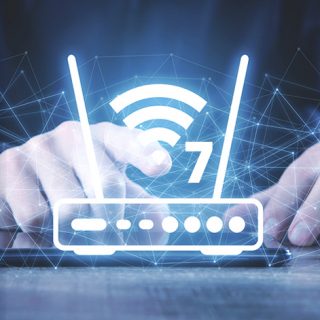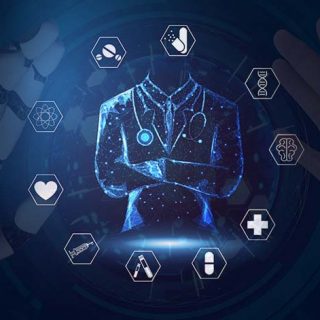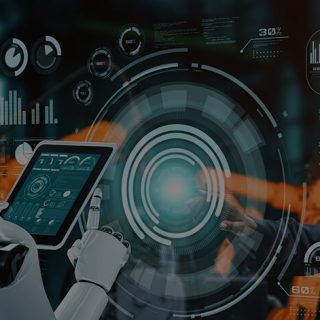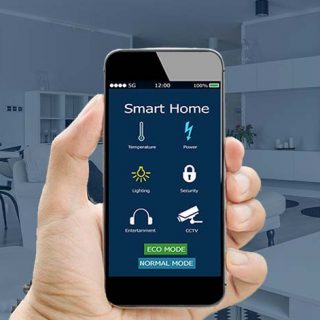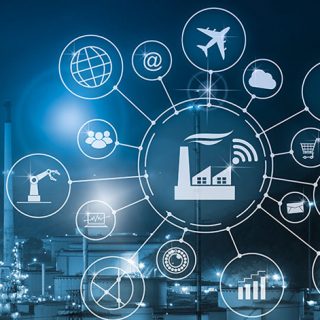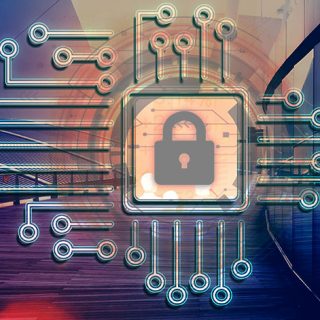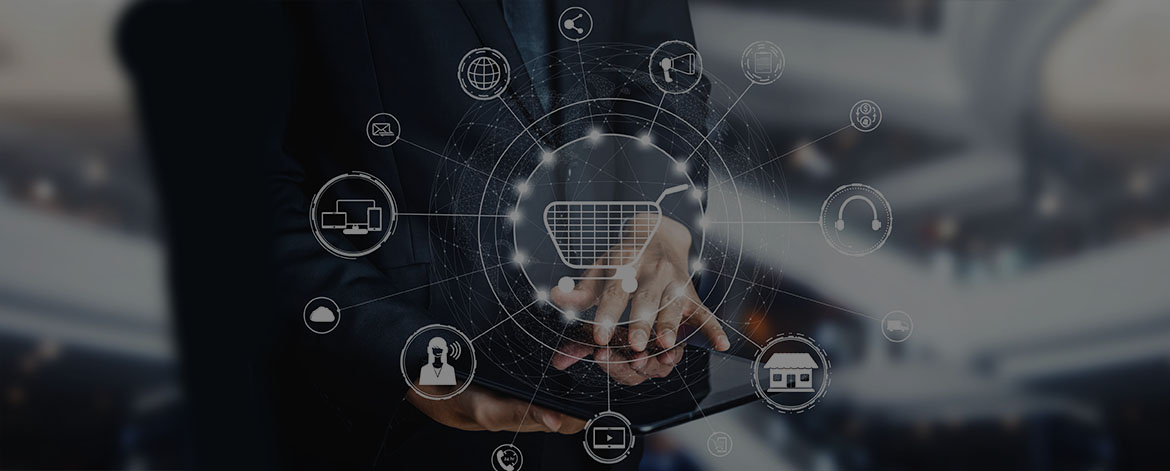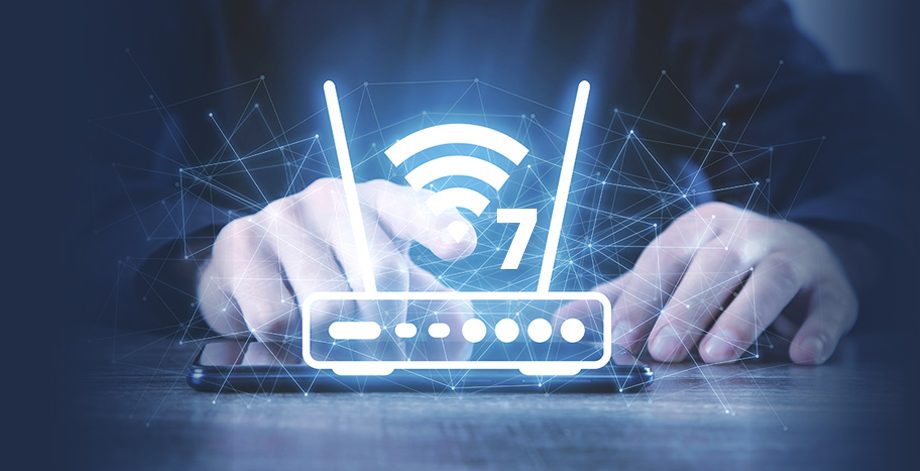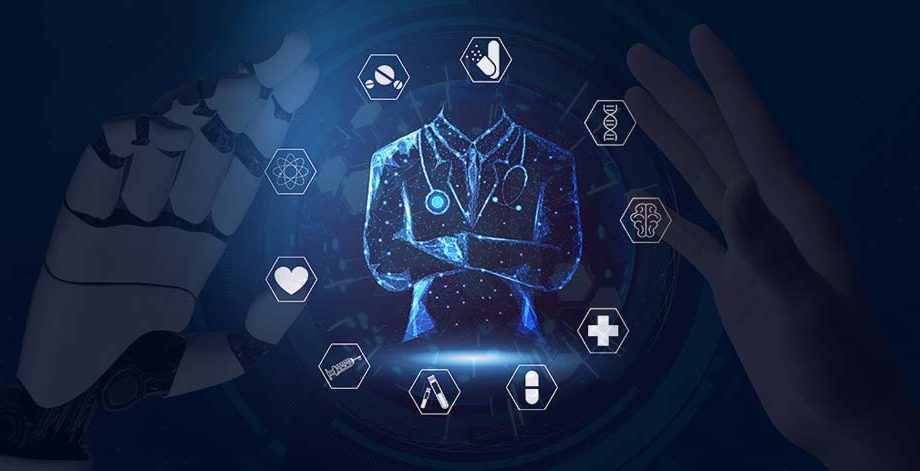As per U.S. Census Bureau Quarterly Retail E-Commerce Sales, around 94% of all retail sales still take place within the confines of a physical store, which implies that the brick–and–mortar stores are not obsolete, as they are evolving to harness the power of digitalization by creating a unique and distinct digital experience that both address and correspond to the needs and expectations of customers. Being the most important digital touchpoint, mobile platforms are leveraged to a great extent by retail stores to provide a personalized shopping experience. Let us understand how various technologies integrated with mobile applications are making or can make difference for retail stores.
Geolocation Technology
Integrating geolocation technology with mobile applications is a great way to provide all the advantages to customers at the right time and place. The technology enables retail stores to send out details about sales and special offers going on along with coupons customers can unveil from the nearby stores. The customers can also be reminded to purchase their pending cross-channel orders when they are near a store. Geolocation services can help global retail store chains to update application content and notification languages as per the store region or to be ready with an order for click-and-collect service when the customer is at a certain distance from the pickup location.
Multiple global retail leaders have leveraged this technology for different marketing strategies. Walmart, Tesco, and Target uses geolocation services to help customers find nearby stores in the area along with store opening and closing time, whereas brands like Burger King not only geofenced their own store locations, they placed geofences near their competitor stores to attract more customer base.
While integrating the geolocation services in the mobile application, there are certain best practices to follow:
Pursue user: The user is required to grant permission to the application to access geolocation services, hence it’s important to have the user grant permission. Select the right time to ask for permission, ask when the user tries to access the geolocation-based feature, rather than flooding the application with pop-ups on the first application launch. Provide proper context to help make the decision, highlight the benefits that users will get by allowing access.
Build trust: It is obvious for users to fear that scammers could get their hands on their sensitive location data. The key is to be completely transparent about what the application does with the data and what’s the purpose. It is also important to think through data storage and processing strategies. If possible store and process data on the phone itself. If the data has to leave the phone, then make sure proper security mechanisms are in place to transfer, store, or process data.
Optimize battery usage: Using geolocation services does have an impact on battery consumption. There are few ways to reduce battery consumption: use high accuracy GPS data, only when use case demands, otherwise keep using low accuracy data. Choose the location update interval wisely. Enable background location tracking, only if there is an actual need or application demands.
Beacon Technology
The Beacon technology can help retail stores to meet customer requirements and create a well-integrated online-to-in-store experience. By tracking a customer’s in-store movement, the beacons can provide all the needed information about products like price, ratings, discounts while the customer is looking at it. The customer interests can also be tracked and stored by beacons for future references. Beacons can notify users about discounts for the products they have purchased before when they are passing by the relevant store department. The retailers can use beacon technology to announce upcoming events or sales at stores to attract more customers during holidays, or while they are shopping at the store. Beacons can also track the density of customers in a particular area of the store, help store staff to be distributed efficiently across various departments of larger stores.
Retail giants like McDonald’s, Target, Macy’s, and many more use beacon technology widely. For example, Target uses a beacon to create “GPS for your shopping cart” technology. The customers can use Target’s mobile application to create a shopping list, and once they are at the store the beacons will guide them towards precise item aisle locations. The customer location changes in real-time as they move through the store, to show them whether they are getting closer or farther from the desired items.
Best practices related to geolocation services are also relevant for beacon technology implementation. On top of that there are also other factors to take care of:
Keep a check on notifications count: The beacon technology uses notifications heavily, hence it’s very crucial to formulate a strategy on the frequency with which the notifications are pushed to the customers, as customers should not be flooded by notifications. For instance, when the customer passes from the previously purchased product aisle twice, the app should notify the user only once about the discount on the product.
Take latency into account: The beacon signals can be reflected or absorbed by surrounding materials and other beacon signals, which can sometimes cause a delay in the notifications. The beacon notifications should be relevant when the customer is in a particular store area, hence the application should have a mechanism in place to deal with stale notifications.
Deliver the accurate results: Due to short-range coverage beacons are installed close to each other for maximum coverage. While the user is navigating in the store, many times it happens that the mobile device is in the proximity of multiple beacons, an algorithm should be implemented in the application to identify and show information from the beacon that would be more relevant for the customer.
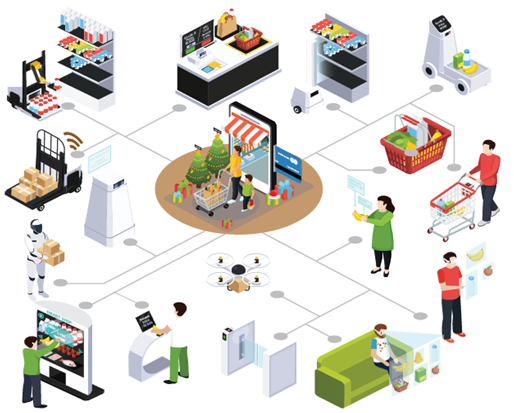
Augmented Reality
Mobile applications based on Augmented Reality were more relevant for online shopping earlier, but post COVID-19 adopting product contactless exploration has become the area for the retail stores to focus on, that is where augmented reality comes into the picture. Augmented Reality can enable people to try on products like clothes or makeup digitally. This is an excellent idea to get reviews for a pre-launched new collection or to avoid waiting in lines for fitting rooms during ongoing sales. Not only for the new range of products, Augmented Reality can also help drive people through products that are neglected. AR campaigns could be organized to treasure hunt across the store by setting AR markers by the products to upsell, those who complete the hunt can get discounts. The stores can provide booklets with AR markers, which customers can scan and interact with 3D models of the product or get further details about the products.
Retail chains like Sephora, TopShop, IKEA already have added augmented reality enabled mobile applications in the ecosystem. In addition to that, manufacturers like Philips, who sell products through other retail chains have also developed a mobile application to enable users to help understand and explore products by scanning wobblers kept beside each product in the store.
Augmented reality being the emerging technology there are factors to take into account while integrating the technology with the mobile application:
Onboard the user: The technology is still emerging and many people don’t know how to use the technology. Hence, it’s very important to provide an introduction video or step by step guide on how to get started with product exploration and what are the features and benefits.
Design rich content: There is not much content available for Augmented Reality enabled applications yet. Hire professional help to create accurate 3D models for each product. Try to resemble 3D models with actual products with almost 100% accuracy, as customers will be interacting with it instead of the actual product.
Utilize simple markers: The camera quality of the customer’s phone and surrounding lighting conditions play a major role, while the application tries to map the AR marker with a corresponding product 3D model to augment. Hence, to achieve the best results with all smartphones and all lighting conditions try to use simple AR marker patterns like 2D barcodes and QR codes.
To converge, connected mobile applications can vastly enhance the in-store customer experience and lead to informed customer engagement for any retail business. At VOLANSYS, we help retailers design connected retail solutions with smart mobile applications for a varied range of use cases, including connected vending machines, interactive digital signage, automated checkout systems, smart shelves, and more. We help our customers with smart retail solution development right from the storefront to the back office.
Read our success stories to know how VOLANSYS helped its retail clients take their businesses to the next level by designing smart retail solutions with connected mobile applications.

About the Author: Prakruti Patel
Prakruti is associated with VOLANSYS as a Technical Lead for Mobility. She has expertise in architecting, designing, and developing mobile application for the IoT domain with native and cross platforms. She is a technology enthusiast, who truly believes in quality and perfection.
